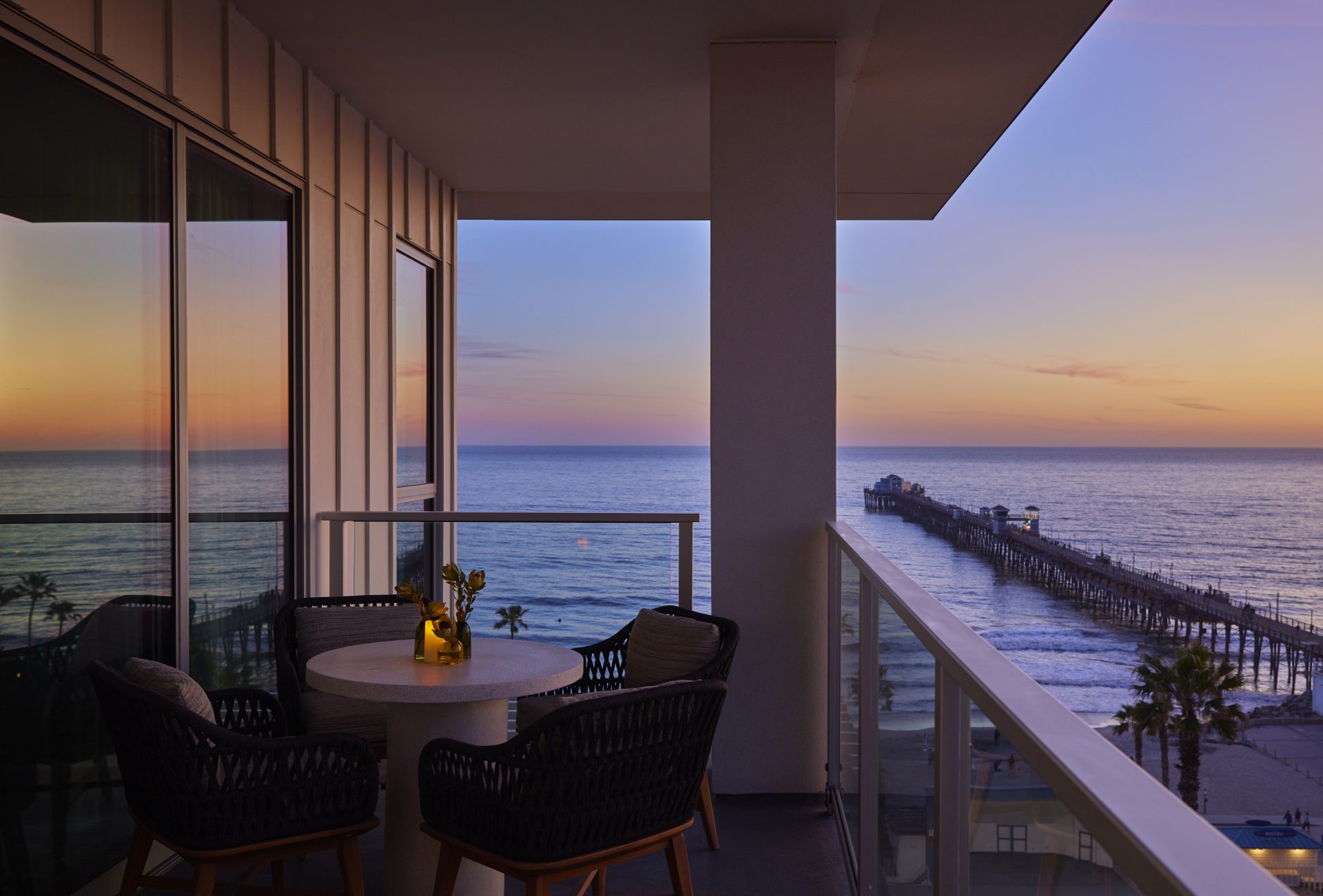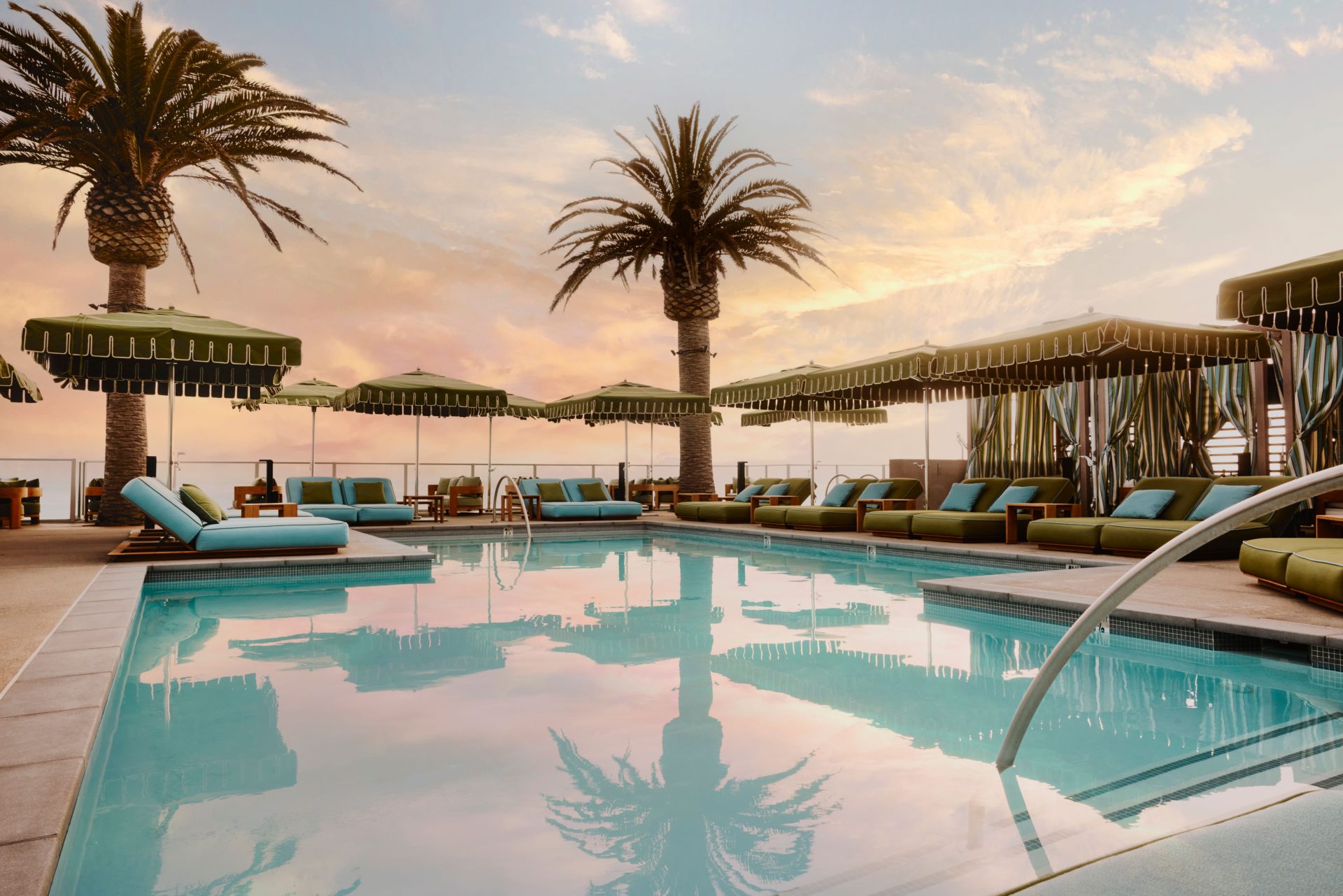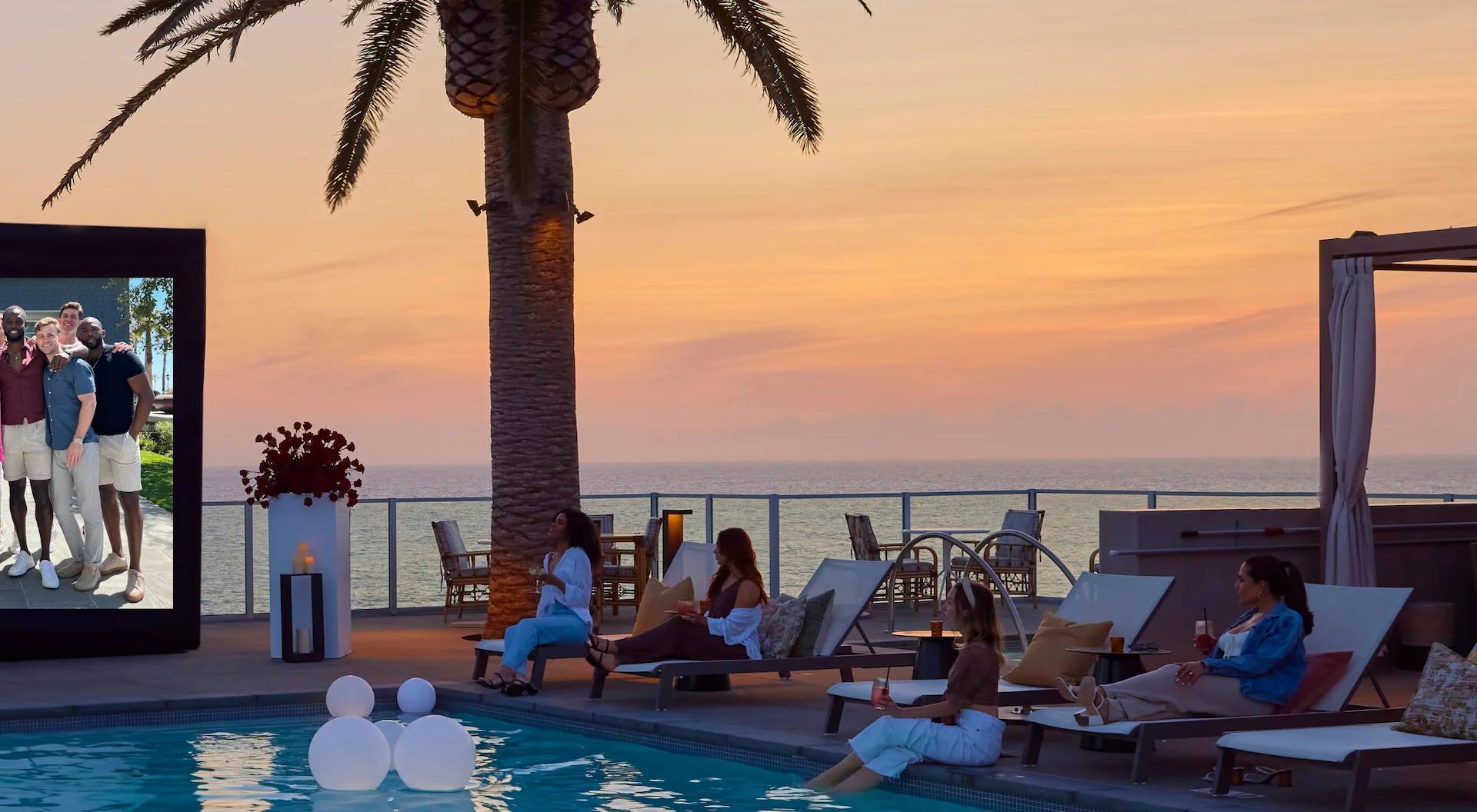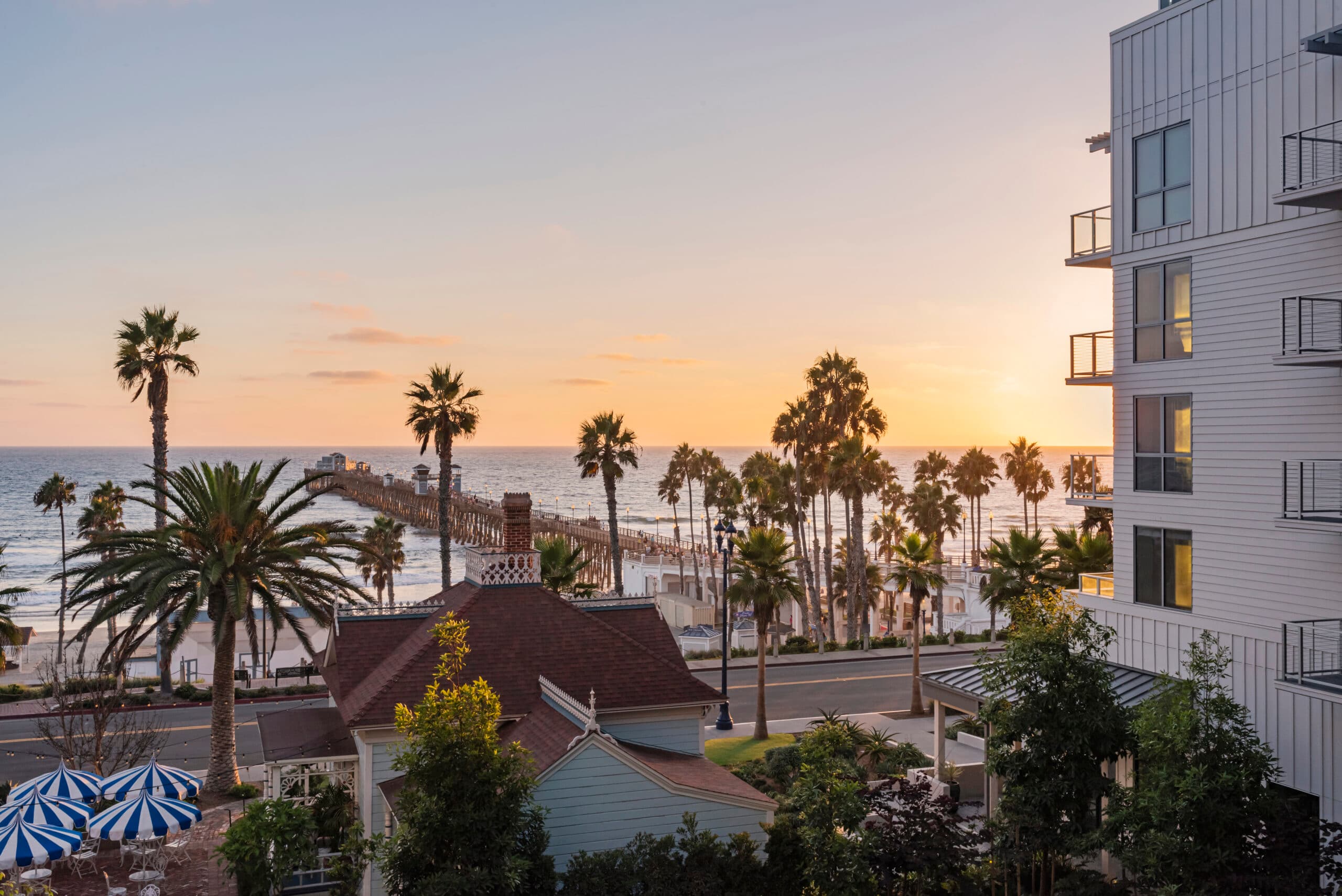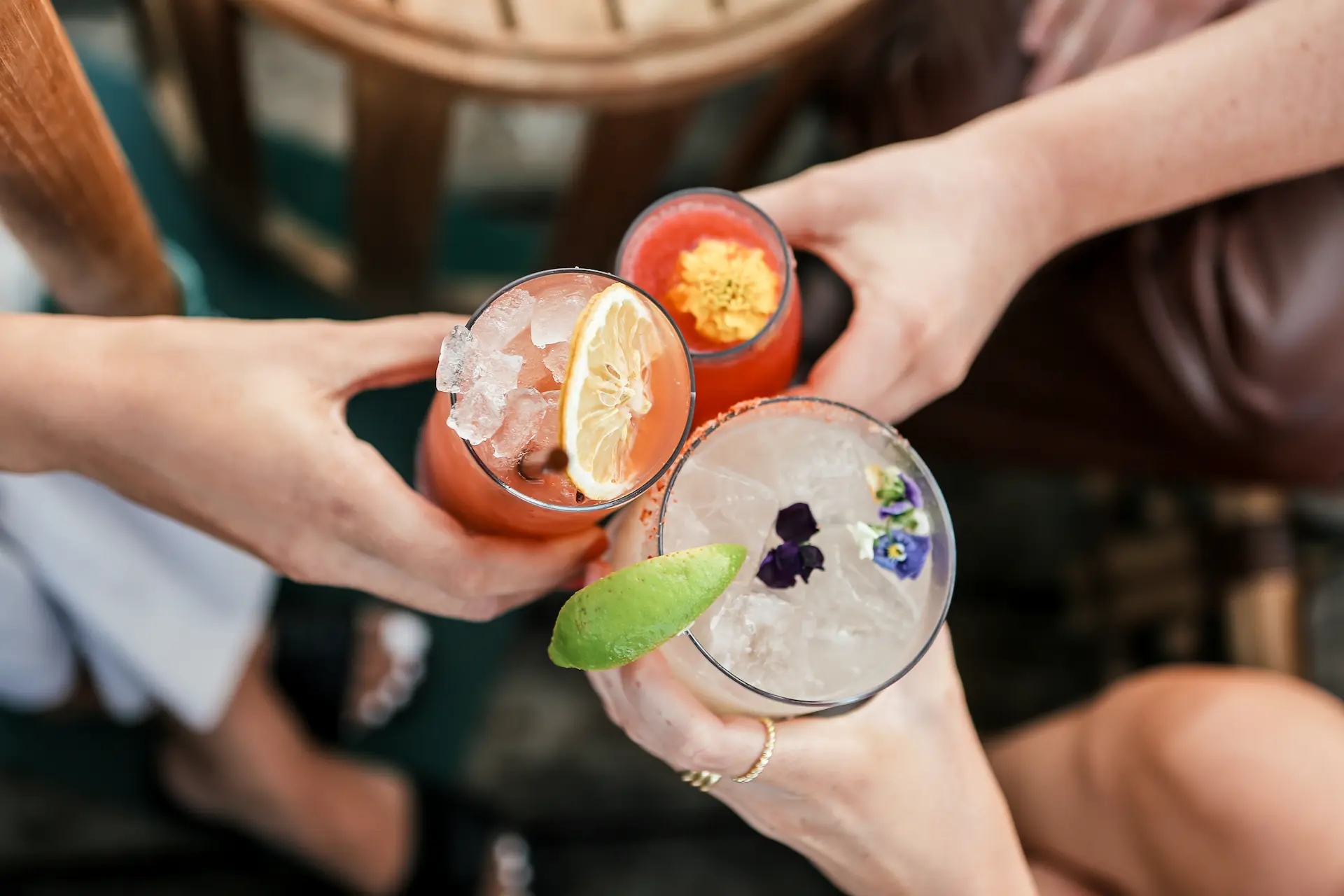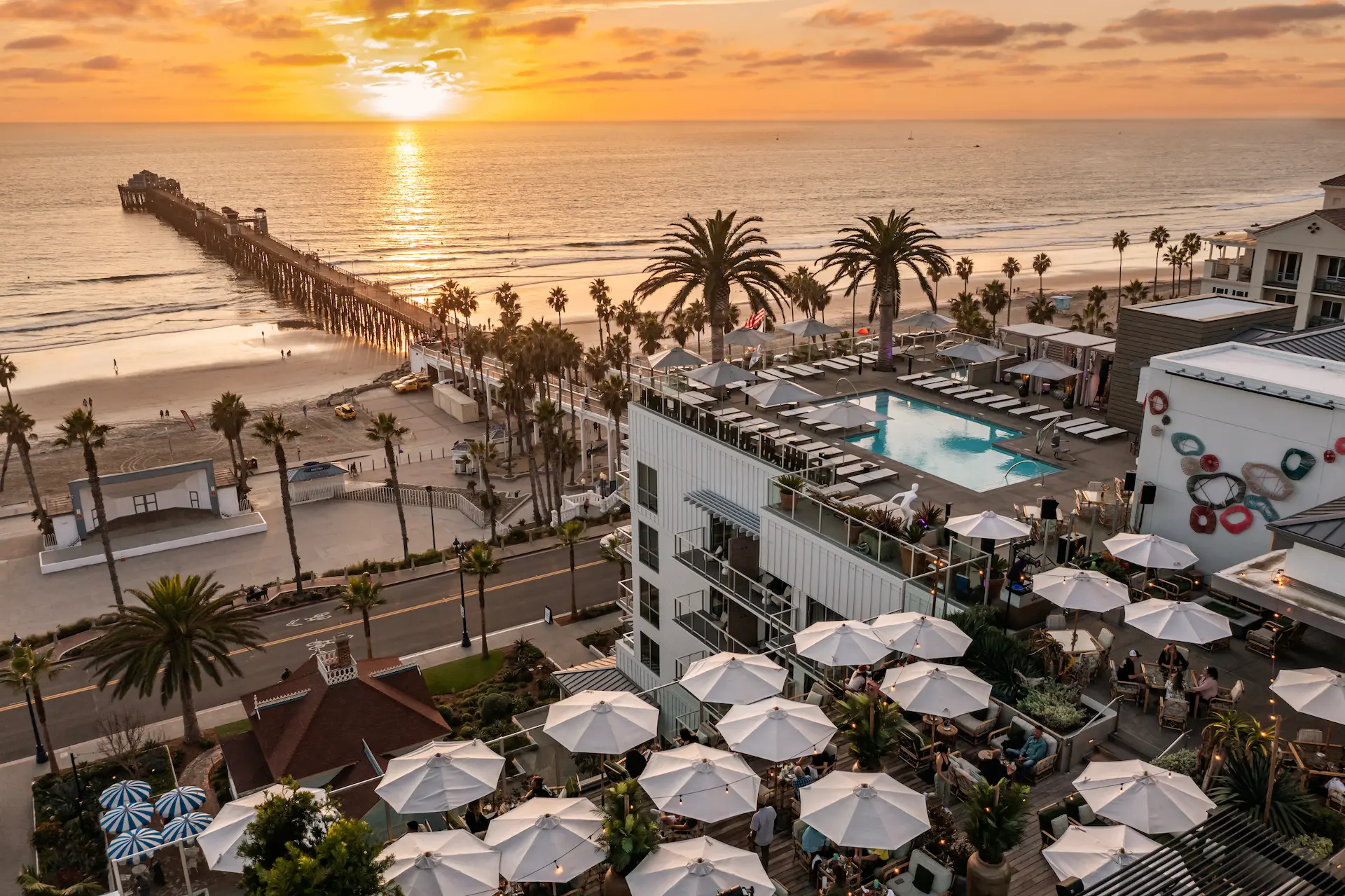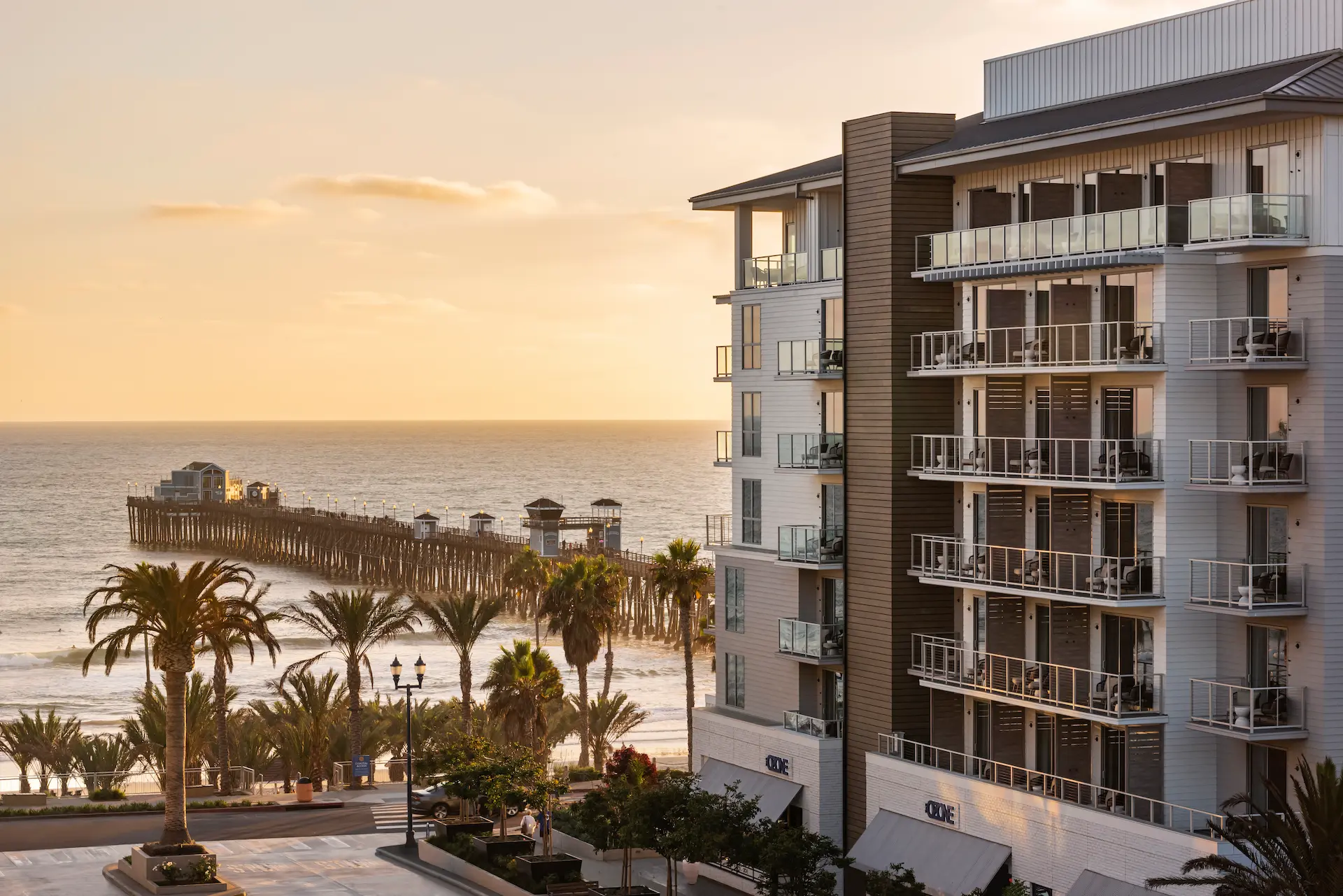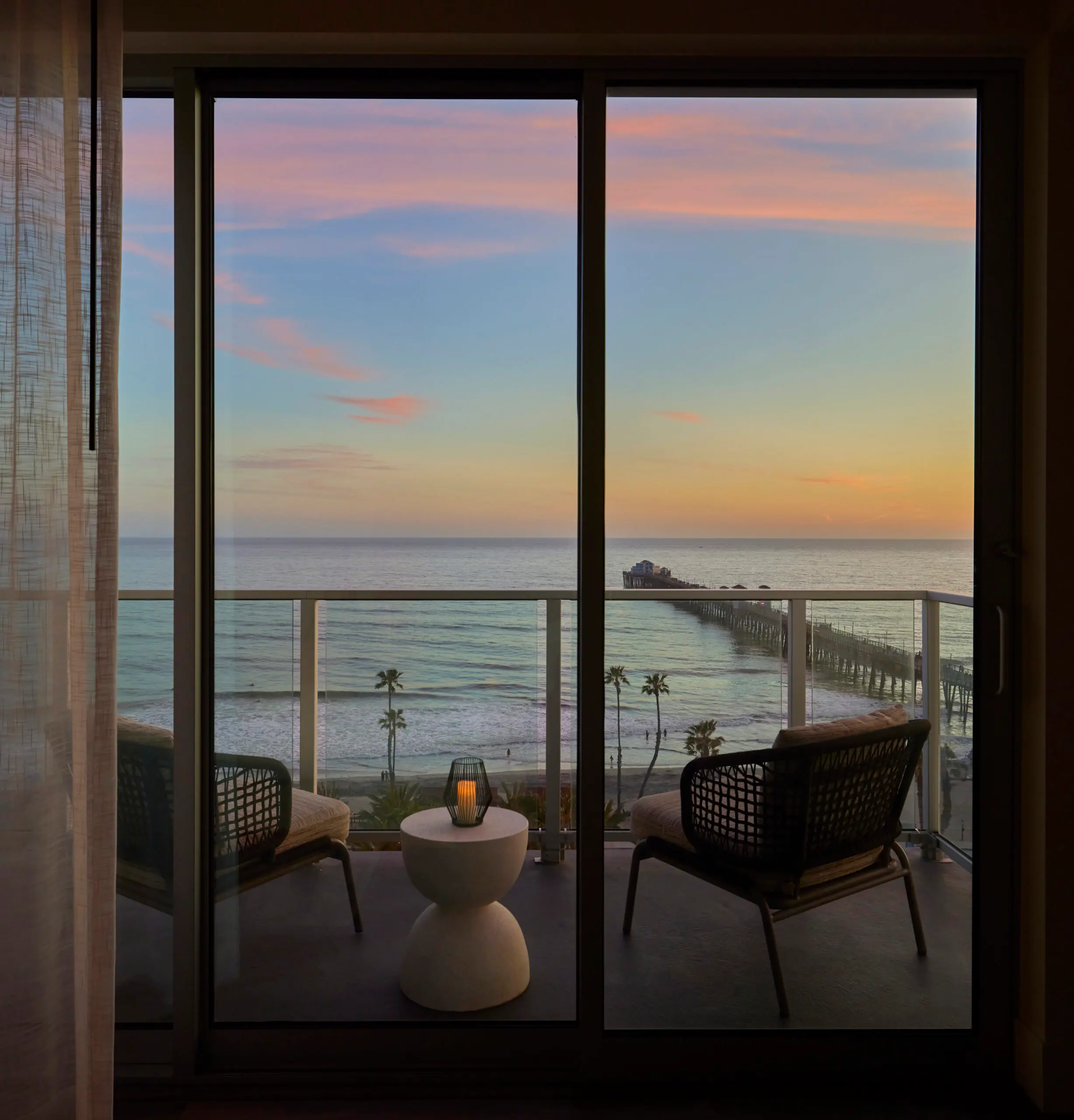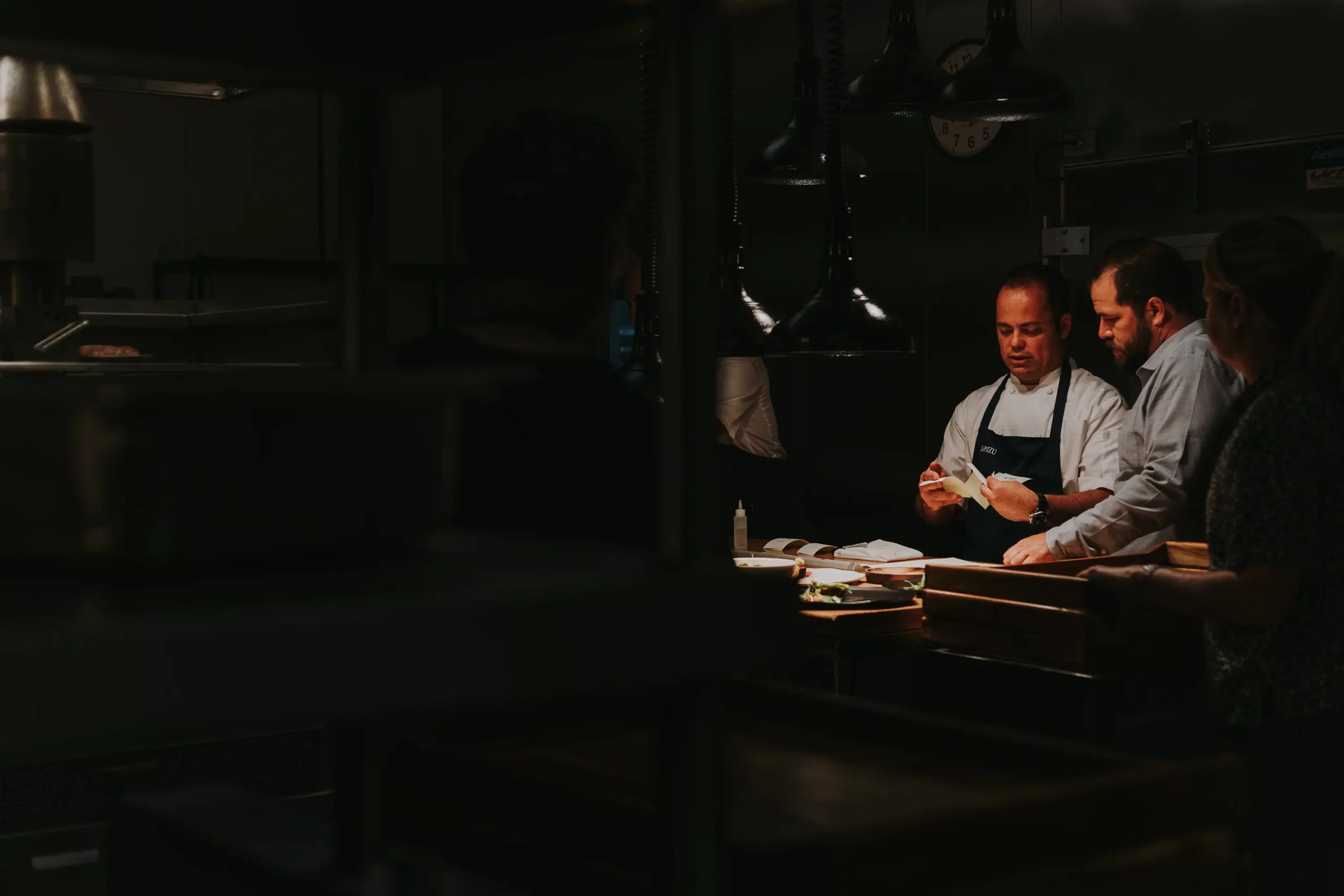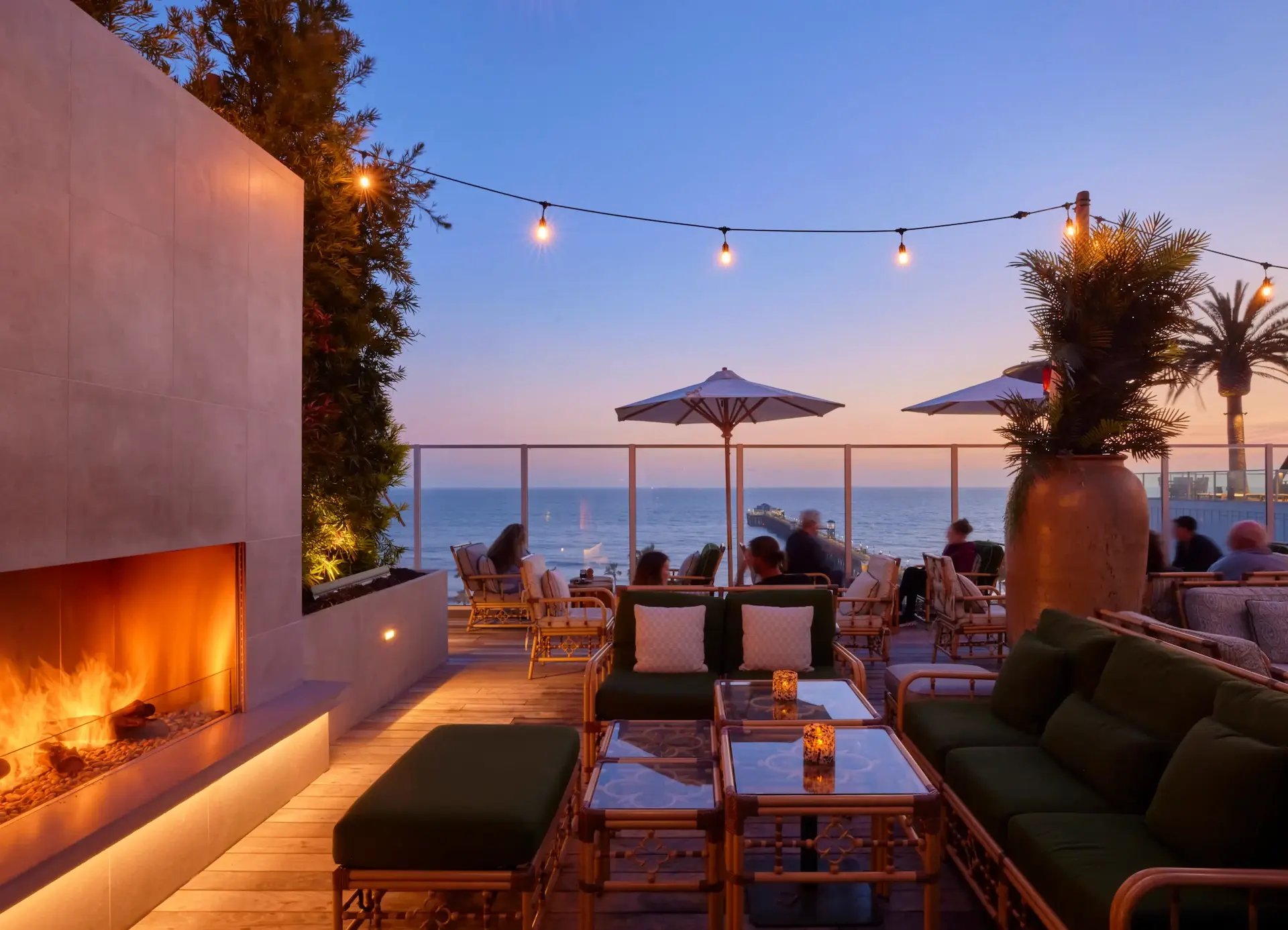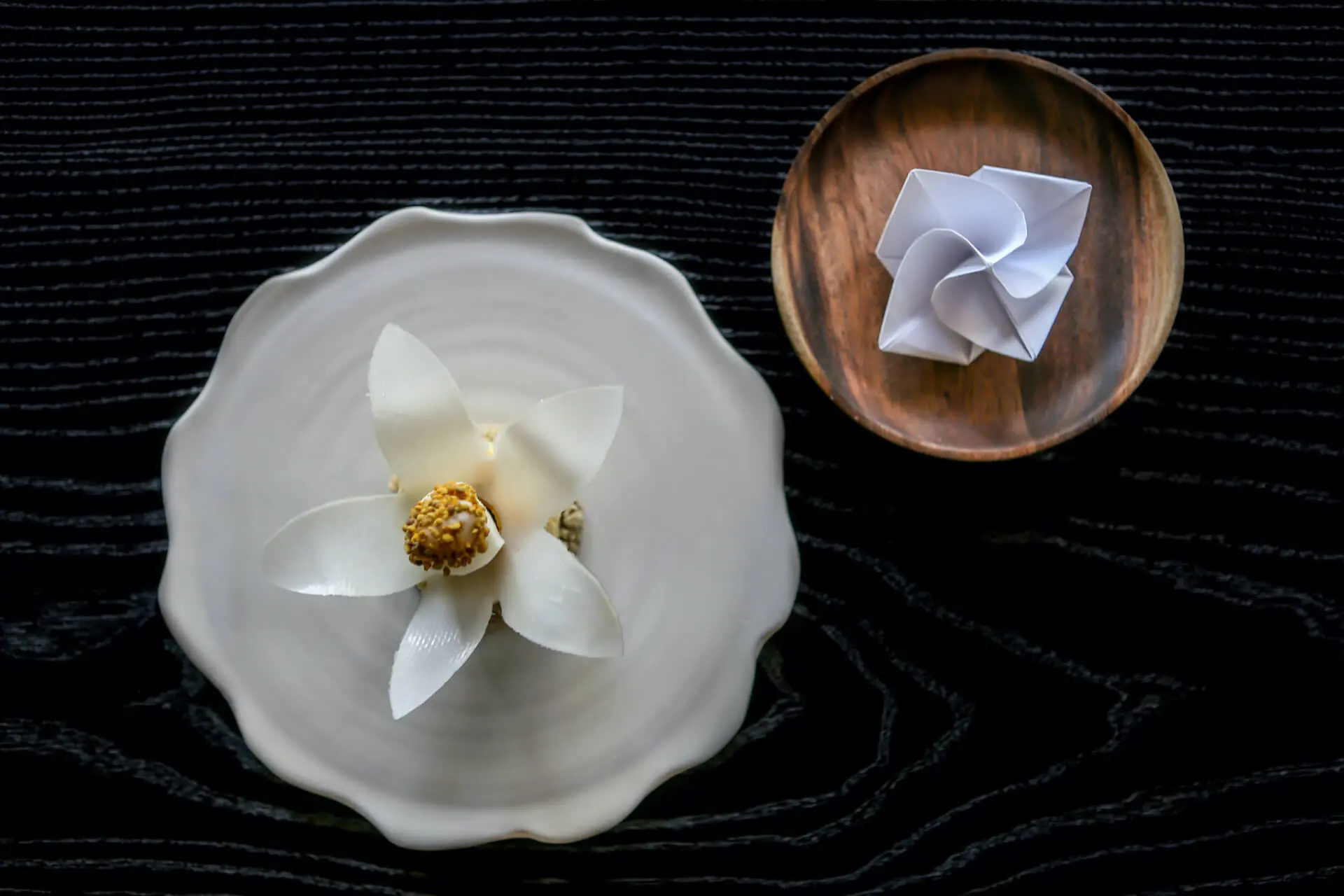
A Final Taste of Summer at Valle
BY ANDREW BENDER
“You see that ocean over there?,” asks Chef Roberto Alcocer, gesturing toward the vast expanse across the street from Valle, the flagship fine dining restaurant at Mission Pacific. “We share the same ocean,” he says admiringly.
The “we” he’s talking about are San Diego County and its next-door neighbor, Baja California, Mexico. A native of the border state, Chef Roberto’s become one of its most sought-after chefs, building a reputation for excellence and creativity after a career in Mexico City and Spain, and at Malva, his landmark restaurant in Baja.
Now, in less than a year at the helm of Valle, he’s made it a destination restaurant north of the border. Diners flock from all over San Diego and Orange County to feast on his fusion of Mexican cooking and classical European techniques, with results that are both always delicious and often mindbending. The four-course summer tasting menu is the latest example.
“It’s all about the seasonal ingredients that we have around us,” he says. Just as San Diego and Baja share a coastline, “We share the same ingredients, the same seasonality. That’s a really good thing.”
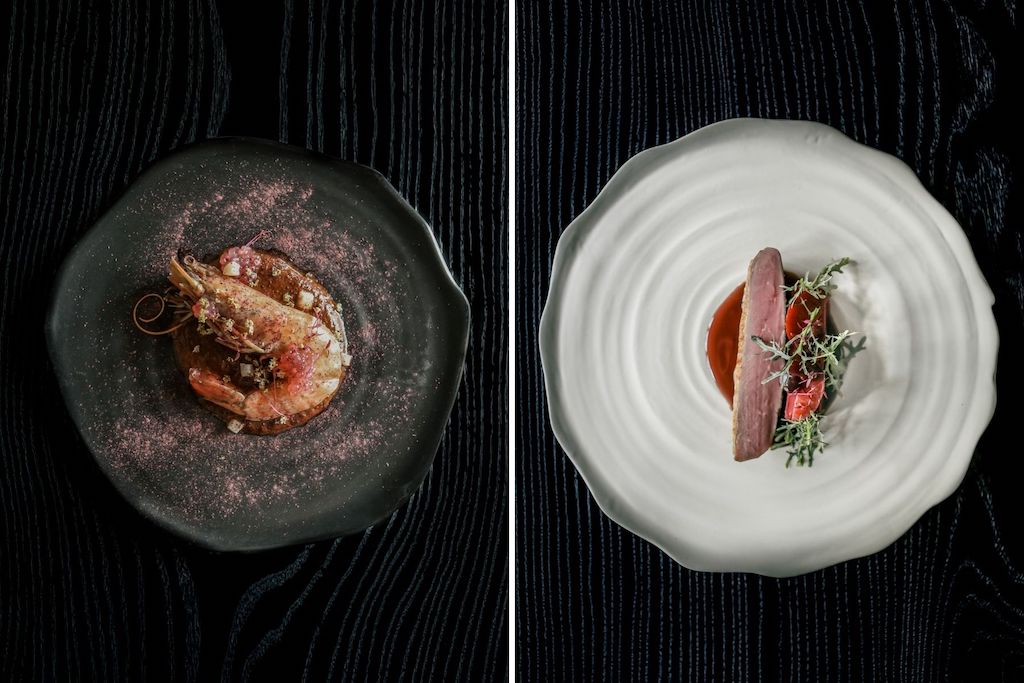
The difference? At Malva, in the Valle de Guadalupe wine region, Chef Roberto integrates European touches on a foundation of local, Mexican flavors and ingredients. At Valle, he flips that formula, with Mexican flavors overlaid on California cuisine. “Here I can go more the Mexican route because the customers are Americans,” he says. “They don’t want to come here and eat what they can eat anywhere else.”
Case in point: pretty much any California chef worth their salt will source produce from the local farmers markets — Oceanside’s is famous — but Chef Roberto goes two steps further. Beyond his farmers market connections, he has developed relationships with some of the region’s best farmers and buys directly. This allows him to request items other chefs might not consider.
Take green (or unripe) strawberries. “I called my purveyor and asked for green strawberries,” Chef Roberto remembers. “He asked me ‘Why?’”
So, he then went directly to the farmer, who, though equally puzzled, delivered a case. The reason? Traditional Mexican ceviche uses citrus like lime juice for its acidity. “Here,” he explains, “you can use green strawberries that also add that tart flavor.”
Or you might find him using the bushes of the carrots (as the tops are called), commonly just thrown away elsewhere despite being packed with flavor. “I don’t want just the root of the carrot,” he exclaims. “I want the whole enchilada! So I identify farmers who want to work with me on making something different.”
The Valle difference is on full display in the summer tasting menu.
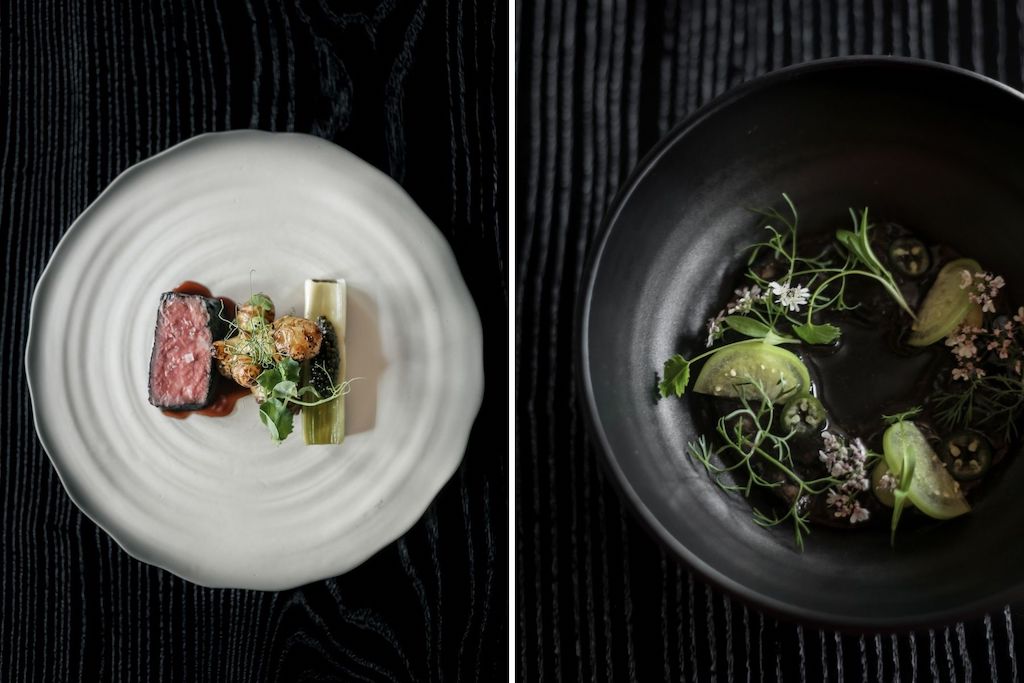
Take for instance the seasonal ceviche negro. It starts with parrot fish from a fishing family in Oceanside’s harbor, a mile away. “They go fishing every day, and they text us pictures of the fish so we can choose,” Chef Roberto says. “Then we marinate it in a mole-like salsa made from ashes of habanero, onion, chiles, and spices, and we refine the color with a little bit of squid ink. On top of that we put green tomatillo for acidity and crunchiness, plus avocado and cilantro.”
Pescado siete mares is a riff on the traditional seafood stew, which Chef Roberto calls “like Baja bouillabaisse.” Both French bouillabaisse and siete mares begin with a seafood and tomato broth (siete mares means seven seas for of the seven kinds of fish and seafood it contains).
“In France they use fennel or anise for seasoning. They even put a dash of Ricard, the anise liqueur,” he explains. “In Mexico, with the traditional siete mares you forget about the anise, and instead you use dried chilies. Here, we do a mix of both fennel and chilies.” He plates fish, octopus, and other seafood, and then “we sauce it with my interpretation of this really concentrated siete mares broth.”
“I’m also proud of our duck,” he says. Sourced from Liberty Duck Farm in Sonoma, it’s aged for three weeks then paired with California’s summer bounty of stone fruit — cherries, plums, nectarines, peaches, whatever’s at its peak. “We start by fermenting green stone fruit and serve it with the duck breast, beet flan and reduction of port wine. You have the sweetness, the acidity, the lacto-fermented fizziness, and the creaminess. It’s a really complex dish, with flavors you will enjoy once they hit your palate.”
Whatever the dish, whatever the season, and whether you dine at Valle’s elegant dining room, ocean-view patio, or stylish bar, Chef’s exacting standards illuminate each experience. “I will not accept a mediocre job, and we cannot serve a bad dish,” he says. “It’s like every day is the Super Bowl.”
Valle is open for dinner Wednesday through Sunday from 5-9 p.m. Chef Roberto’s summer tasting menu will be available through the end of September. Reservations are encouraged.
